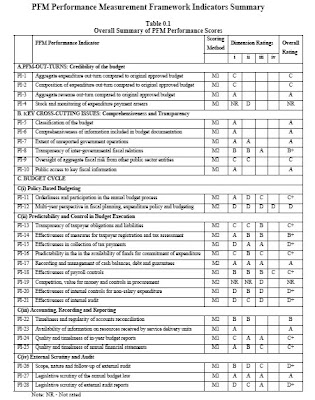In my view, the case rests on three pillars.
First, Ukrainian leaders have to explain to the citizens why the pre-crisis economic model was not sustainable and what the risks are of delaying adjustment. They need to explain that reforms are needed to avoid loading future generations with debts they cannot repay. Ukraine's public debt ratio was very low before the crisis at 12% of GDP. It will reach close to 40% by the end of 2010. Unless a plan is presented that stops the increase, financing the current deficit will be impossible. The result of inaction would be further devaluation, higher inflation, and further strains on the banking sector. The costs of inorderly adjustment on the common man through reduced real wages and rising unemployment would be much higher than the increases in the monthly utility bill.
Second, to the population at large, reforms need to be presented as a balance of sacrifice. You cannot ask citizens to pay more for utilities and to accept a reduction in pension benefits, if parliamentarians, judges, military officers and high ranking officials still benefit from categorical privileges, early retirement schemes, free housing and many other benefits. Expenditure cuts, which are necessary, are also a hard sell when tax loopholes persist, be it through VAT exemptions that have inflated producer profits but failed to keep end-user prices down, double taxation treaties (such as the one with Cyprus) that facilitate profit tax avoidance, or the Simplified Tax System for individual entrepreneurs that creates inequities across tax payers and erodes the tax base. More generally, a credible plan to improve governance and reduce corruption is key if reforms are to overcome their bad image.
Third, the vulnerable need to receive reassurance that they will be protected. Ukraine has the infrastructure and the resources to deliver targeted social assistance to the poor. However, existing well targeted programs remain underfunded, while poorly targeted benefits gobble up the bulk of social transfer spending. Reallocating funds from poorly to well-targeted programs will allow the poor to be protected at no fiscal cost.
-Selling reforms: On the need for balance in achieving the necessary fiscal consolidation in Ukraine
